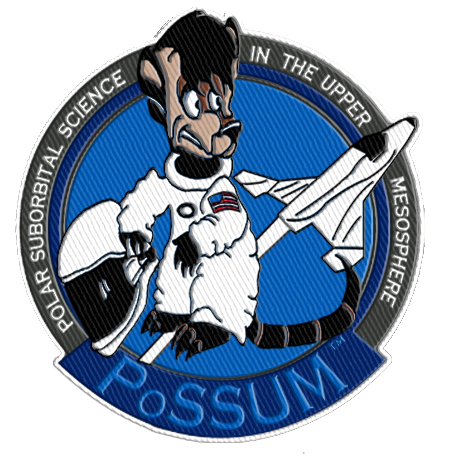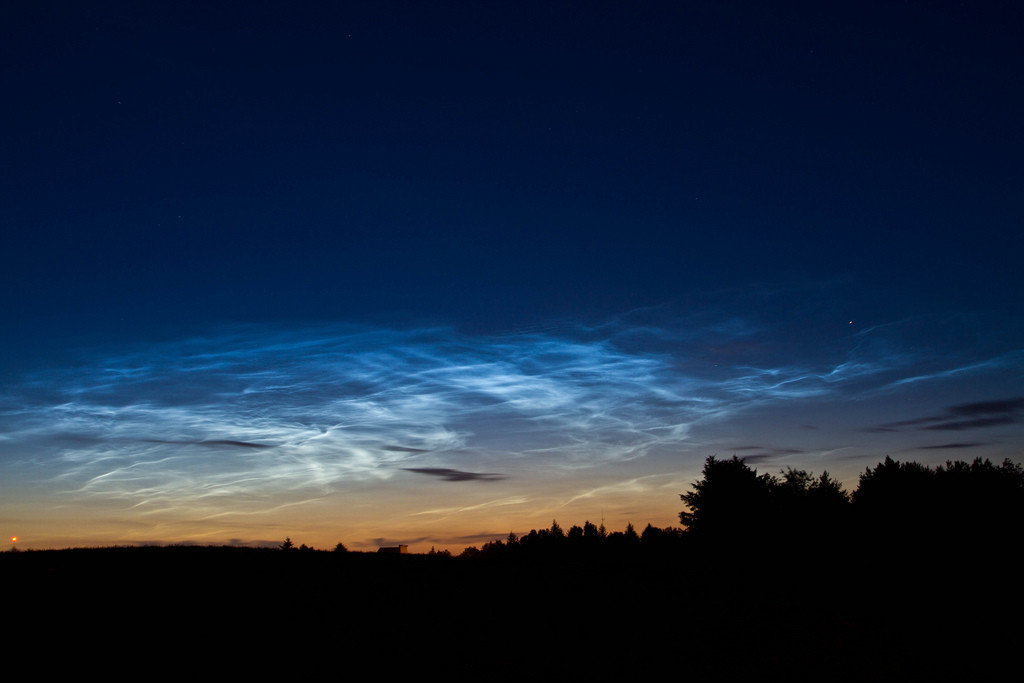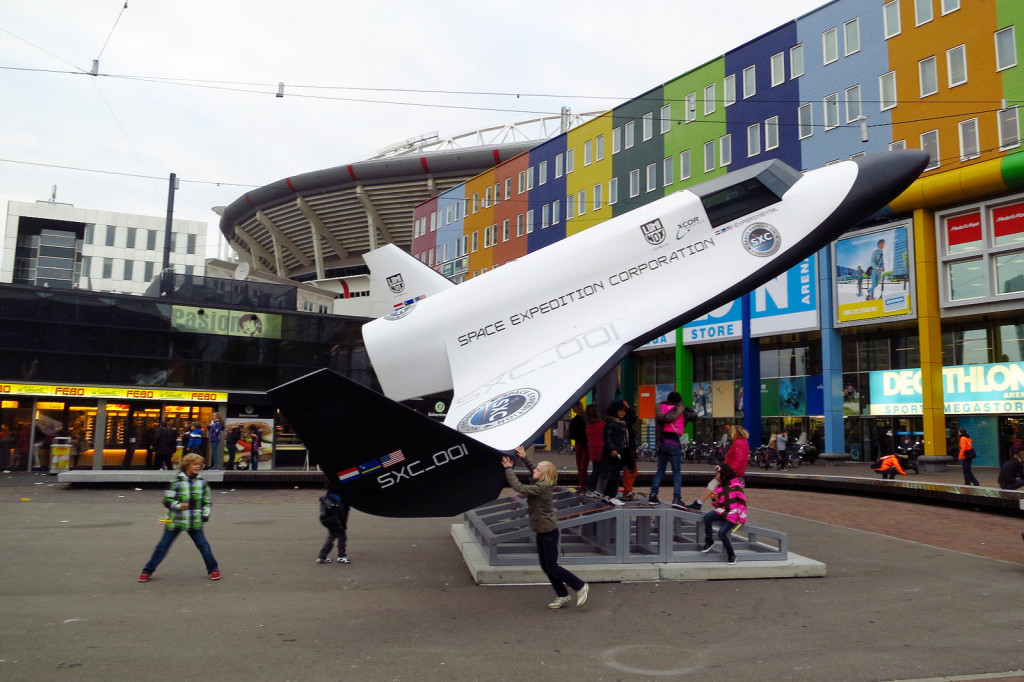We’re just getting to the end of Day One here at Project PoSSUM 1503. It’s been non-stop since we arrived in Daytona Beach, starting almost immediately when we pulled in last night with presentation from Dr. Perry Bechtle, former Blue Angel Navy Flight Surgeon, talking about flight physiology. Already my expectations have been exceeded by the quality of this program, and I’m am excited for what Sunday is going to bring.
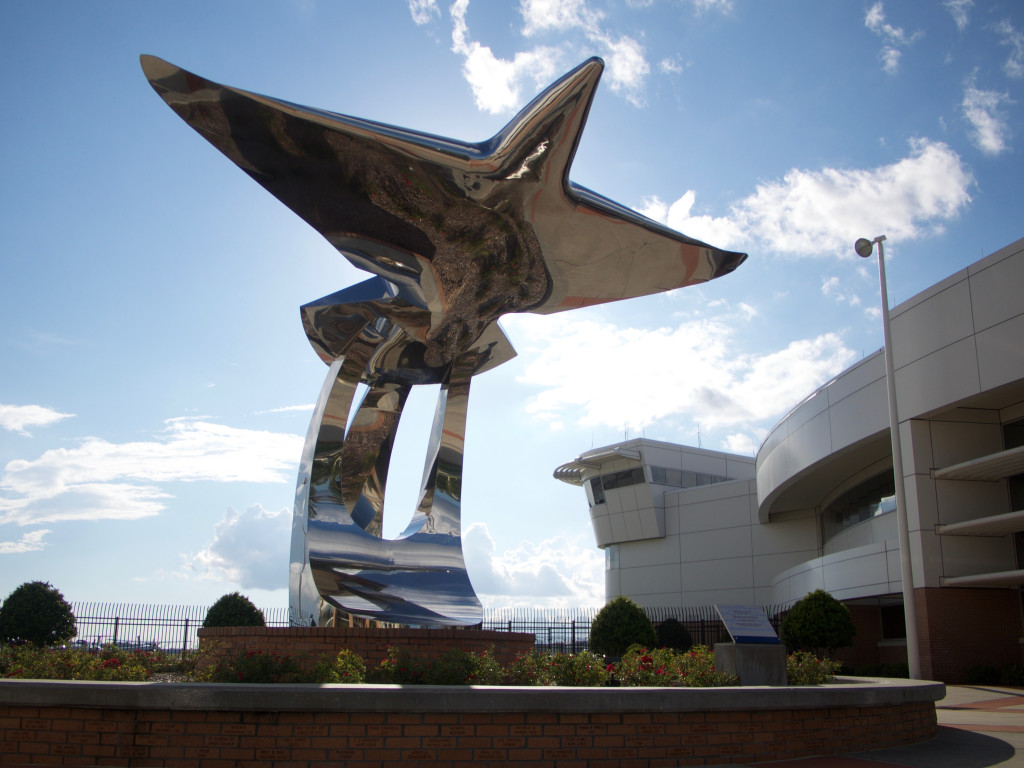
First, let me thank everyone that donated to my GoFundMe campaign. I appreciate all the generosity you’ve shown, and I feel compelled to share lots of updates for you.
The day began with a long 4-hour session with Dr. Jason Reimuller the principal investigator of Project PoSSUM. We started with a group introduction before moving on to an overview of the research and outreach objectives of the project. We covered the aeronomy research that led to the development of the project, and got deep into the details of upper atmospheric effects that lead to the formation of noctilucent clouds. Suffice to say my notebook had over 16 pages filled in the first 4-hours.
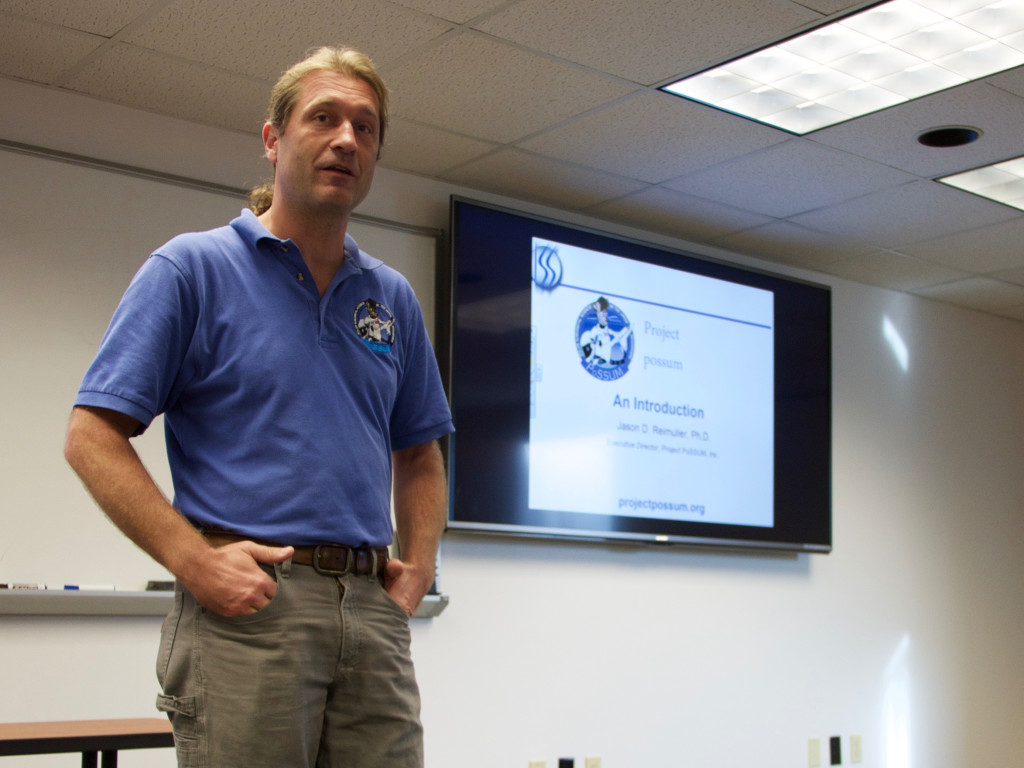
The afternoon brought another big name into the classroom, Dr. Erik Seedhouse, whose accomplishments are too long to list here, but is easily most recognizable for his prolific authorship of dozens of space related books. Major topics covered by Dr. Seedhouse included Spaceflight Life Support, and Space Physiology. If 16 pages of notes from the morning wasn’t enough, in only two hours I added another 12 more.
Following a quick break, we covered the PoSSUM instrumentation before heading over to Embry-Riddle’s Aviation Sciences building to check out the PoSSUM simulator for the first time.
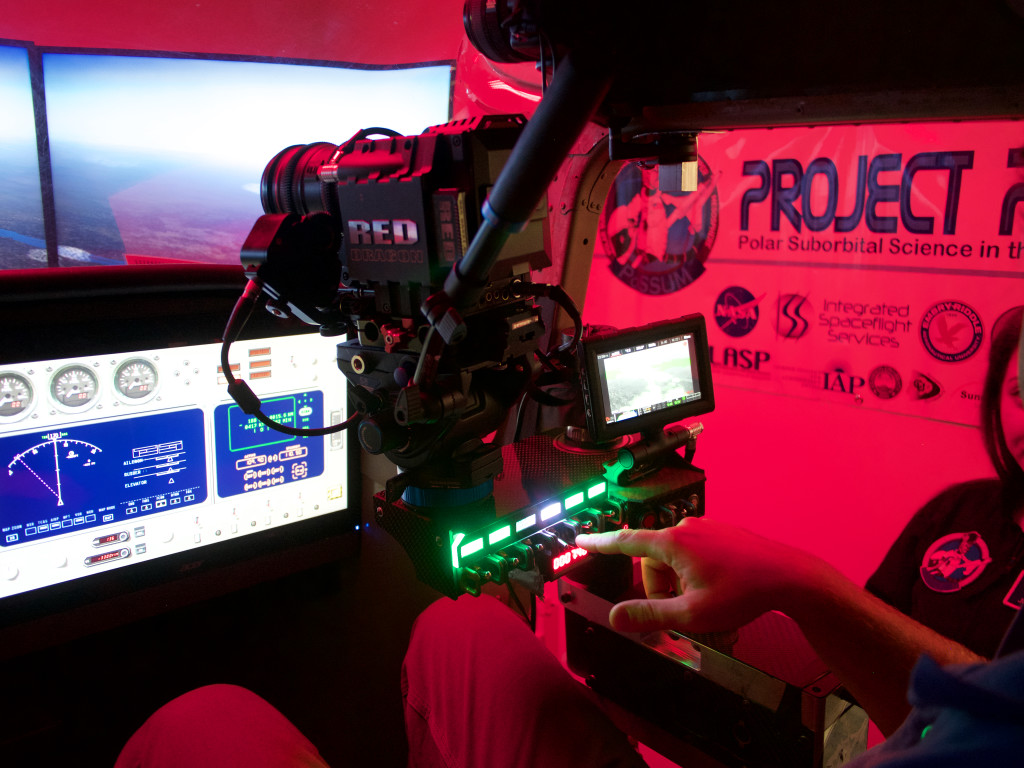
If you thought the day was over, you’d be wrong. After a quick dinner we regrouped to a keynote speech by veteran spacesuit designer, Nikolay Moiseev for a discussion about the fundamentals of spacesuit design and operation.
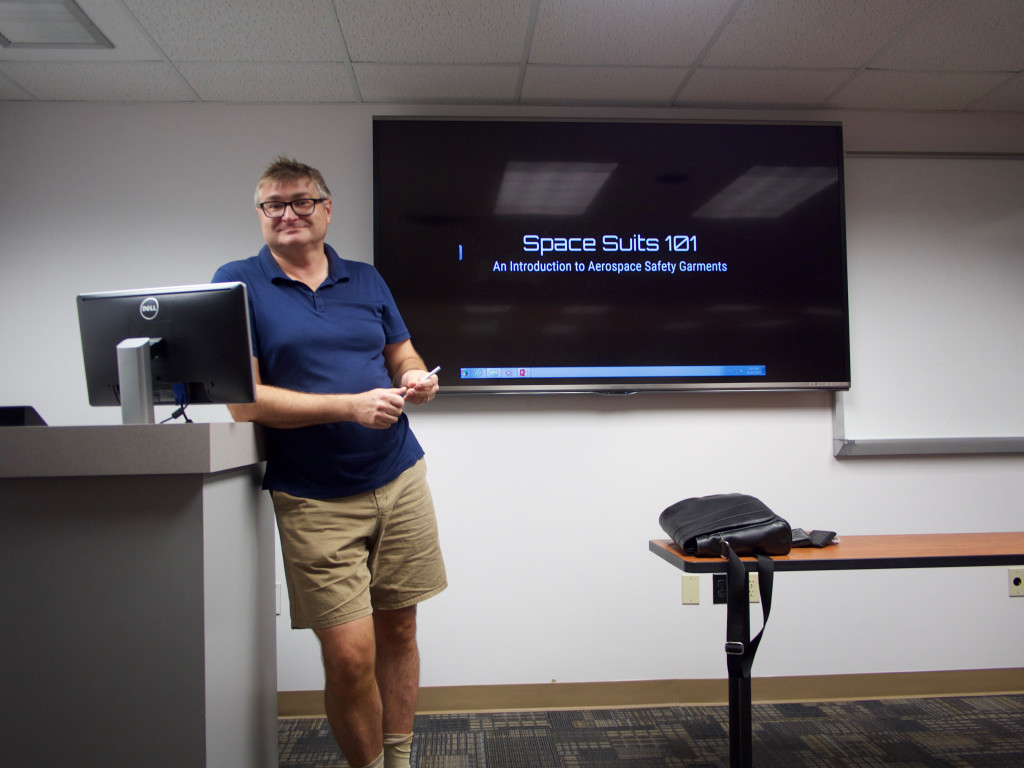
We’ll be getting up bright and early to head over to the Southern Aeronautical Medical Institute Facility for a “flight” in their decompression chamber that will simulate the atmosphere at 25,000 feet. Sounds like there will be a video of the simulation, which I will share as soon as I can!
The best pictures from today are available on Flickr in my PoSSUM Day One album with Creative Commons Attribution licensing.
